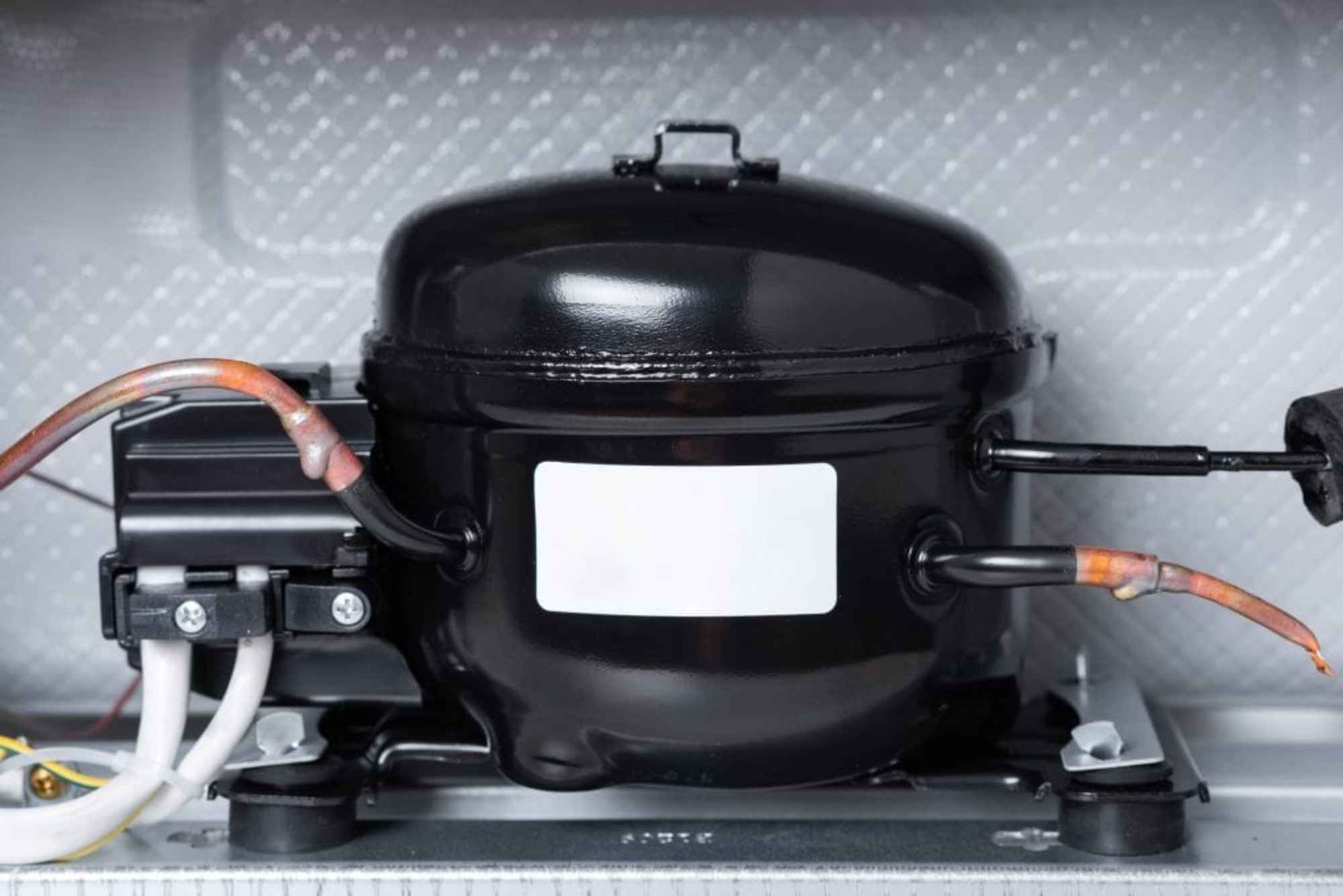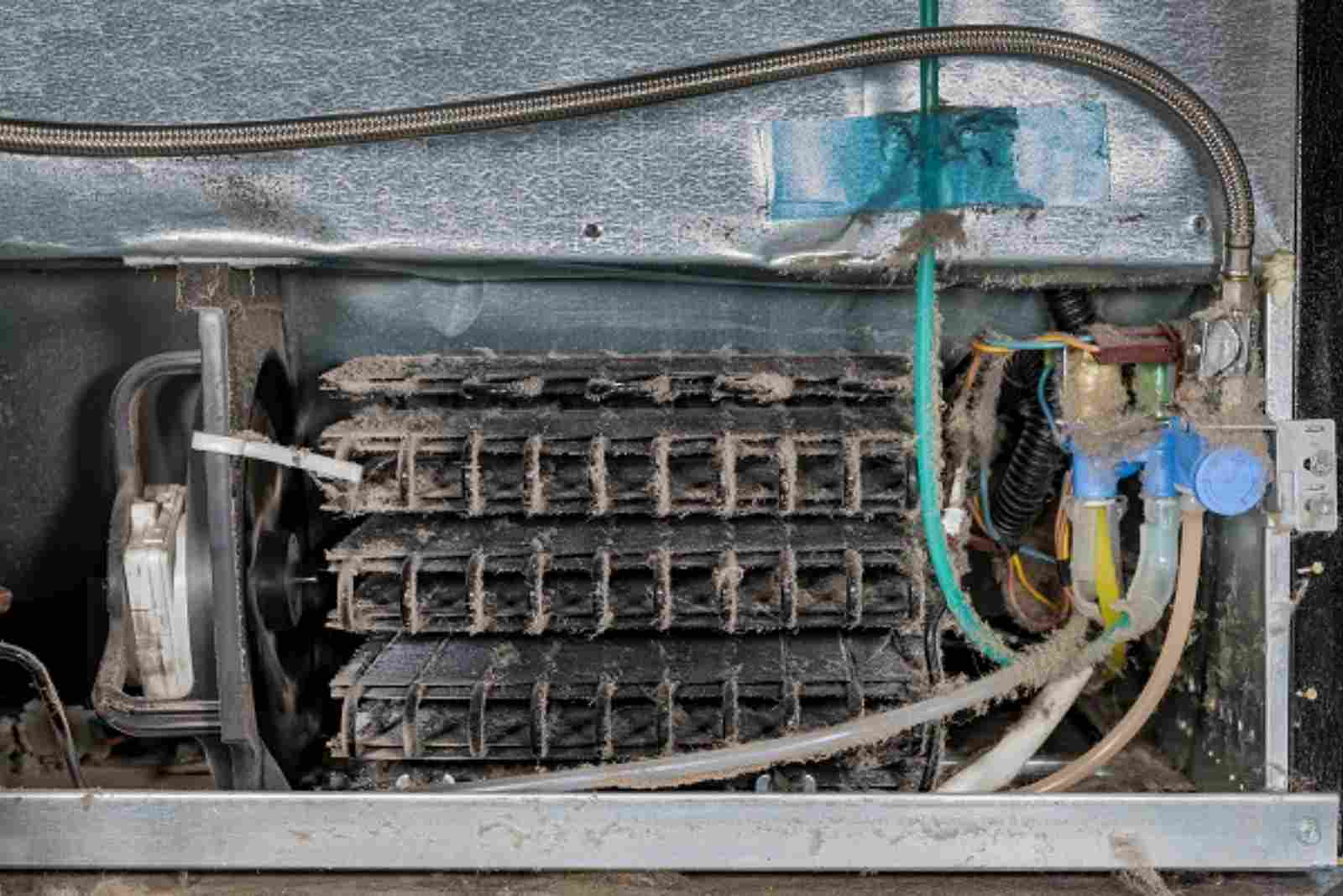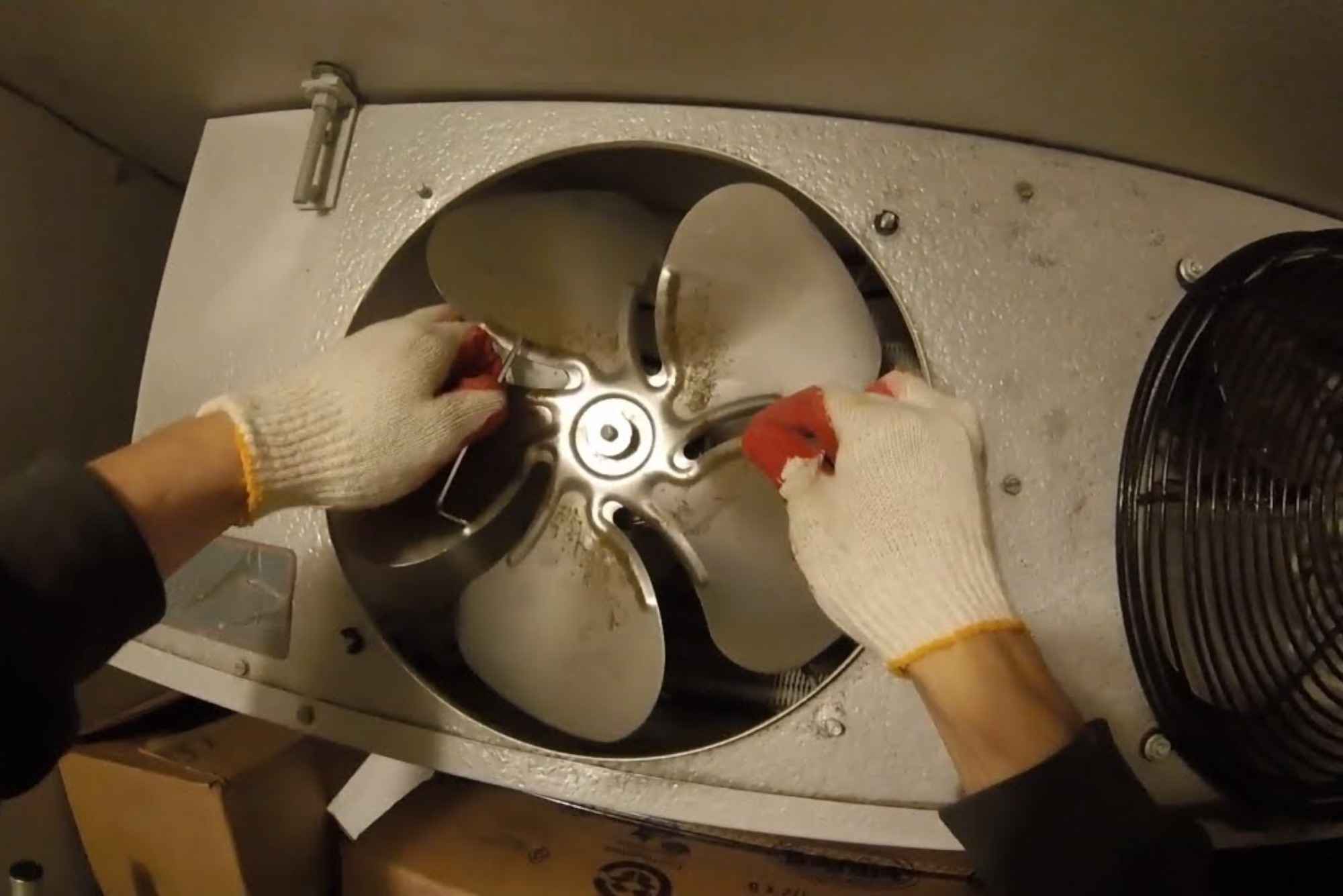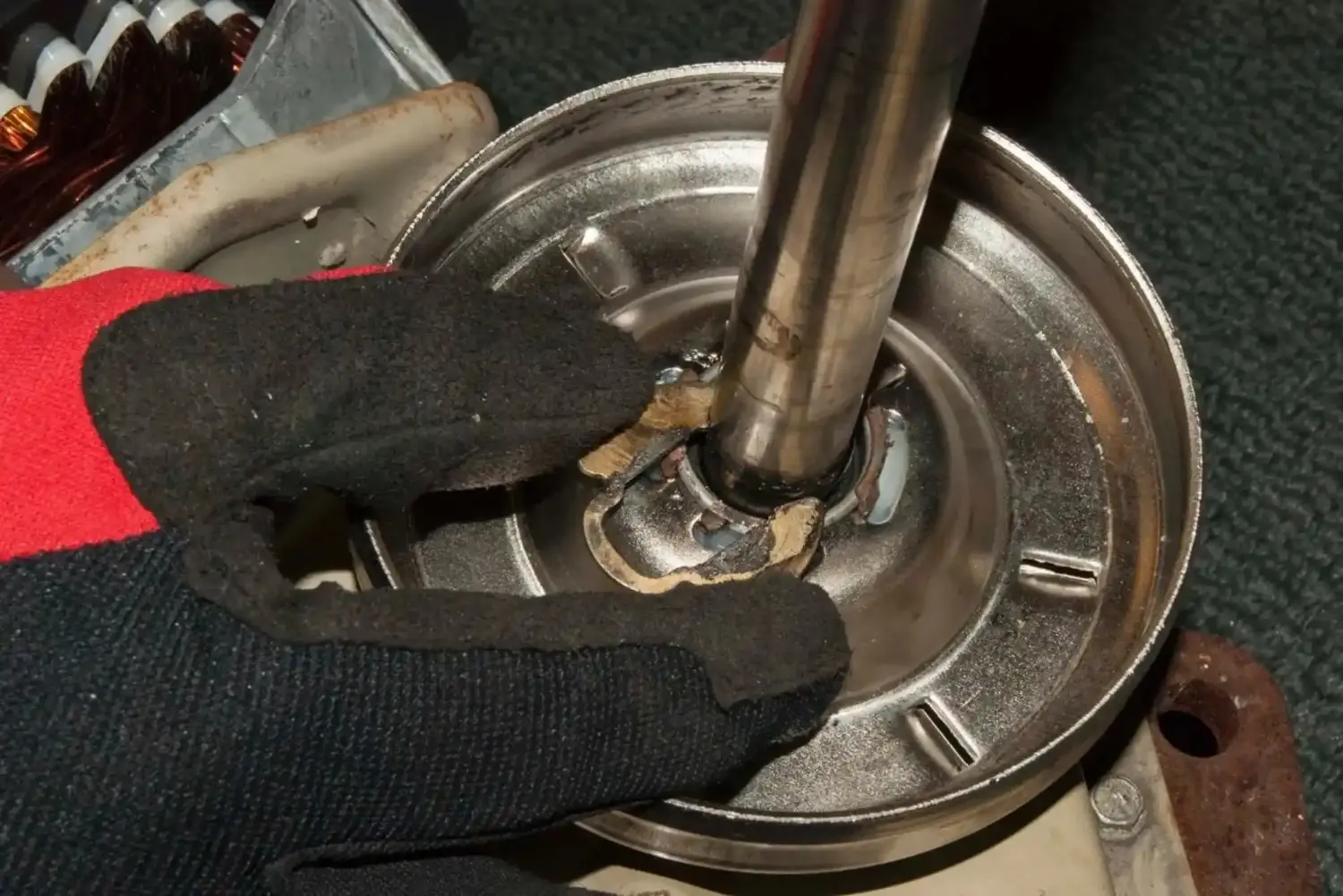Refrigerators are one of the most essential appliances in every household, ensuring that food stays fresh and safe for consumption. Behind their smooth operation lies a small yet vital component — the thermostat. Often overlooked, the refrigerator thermostat plays a key role in maintaining the right temperature, ensuring energy efficiency, and preventing food spoilage. Without a properly functioning thermostat, even the most advanced refrigerator can fail to deliver the cooling performance you expect. Understanding the function, importance, and maintenance of this component can help homeowners prevent costly repairs and ensure the long life of their appliance.
Understanding the Function of a Refrigerator Thermostat
The refrigerator thermostat is the device responsible for regulating the temperature inside the unit. It continuously monitors the internal environment and controls when the compressor should turn on or off to maintain a consistent cooling level. When the inside of the fridge gets too warm, the thermostat signals the compressor to start working. Once the desired temperature is reached, it instructs the compressor to shut off, preventing overcooling or freezing of food.
Essentially, the thermostat acts as the control center of your refrigerator’s cooling system. It ensures the perfect balance between energy use and performance, preventing excessive electricity consumption while keeping the contents fresh. The thermostat works in harmony with sensors and other electrical components, maintaining a delicate equilibrium that allows the refrigerator to operate efficiently without interruption.
The Importance of Proper Temperature Regulation
Temperature regulation is crucial for the safety and freshness of food. Perishable items like dairy, meat, and vegetables require a specific temperature range to prevent bacterial growth and spoilage. A thermostat ensures that the temperature remains stable throughout the day, regardless of external factors like room temperature or frequent door openings.
If the thermostat fails or becomes inaccurate, the results can be problematic. Too warm, and your food may spoil quickly; too cold, and items may freeze unnecessarily, affecting taste and texture. For example, vegetables can become icy, milk can develop an unpleasant texture, and fruits can lose their natural flavor. Maintaining an accurate thermostat setting is therefore essential not only for preserving food but also for saving energy and extending the refrigerator’s lifespan.
How the Thermostat Impacts Energy Efficiency
Energy efficiency is one of the most significant benefits of a properly functioning thermostat. When the thermostat is well-calibrated, it ensures the refrigerator uses only the energy required to maintain the desired temperature. This reduces unnecessary compressor operation, which in turn lowers electricity bills.
A faulty thermostat, on the other hand, can lead to constant compressor activity, making the appliance overwork and consume more energy than needed. This not only increases your utility costs but also places additional strain on the compressor, leading to potential breakdowns and expensive repairs. By keeping the thermostat in good working condition, homeowners can enjoy consistent performance while keeping operational costs under control.
Signs of a Faulty Refrigerator Thermostat
Recognizing the early signs of thermostat failure can help prevent larger issues down the line. One common indicator is inconsistent cooling — for instance, if some sections of your refrigerator repair are freezing while others remain warm. You may also notice the compressor running continuously or not starting at all. Another warning sign is when temperature adjustments on the control panel make no noticeable difference in cooling performance.
In such cases, testing the thermostat with a multimeter or consulting a professional appliance technician is advisable. Continuing to use a refrigerator with a malfunctioning thermostat can worsen the problem and lead to food waste or compressor damage.
The Relationship Between Thermostat and Compressor
The compressor is often considered the heart of a refrigerator, but it relies heavily on the thermostat to function correctly. The thermostat determines when the compressor should turn on or off based on temperature readings. If the thermostat gives incorrect signals, the compressor might either run continuously or fail to start. Both conditions are harmful to the appliance.
When the compressor runs continuously, it leads to excessive energy use and overheating. If it does not start when needed, cooling stops altogether. This coordination between the thermostat and compressor is crucial for smooth operation, and any disruption can compromise the entire refrigeration system. Regular maintenance ensures that both components remain synchronized, maintaining reliable cooling performance.
Maintaining and Adjusting the Refrigerator Thermostat
To keep your refrigerator performing efficiently, periodic thermostat checks are important. Most refrigerators have adjustable thermostats that allow you to control the internal temperature manually. For optimal food preservation, the fridge compartment should typically stay between 2°C and 5°C, while the freezer should be around -18°C.
Avoid setting the temperature too low in an attempt to make your refrigerator cool faster — this will only increase energy consumption and can freeze certain food items unnecessarily. It’s best to allow the appliance to reach the desired temperature gradually and maintain it through consistent thermostat settings.
Cleaning and ensuring proper air circulation inside the refrigerator can also help the thermostat work more accurately. Dust buildup or blocked vents can cause uneven cooling, misleading the thermostat’s sensors. Always ensure that airflow within the refrigerator is not obstructed by overpacking.
When to Replace a Refrigerator Thermostat
Like all mechanical and electrical parts, thermostats can wear out over time. If you’ve ruled out other causes such as dirty coils or faulty sensors and your refrigerator still struggles to maintain a consistent temperature, the thermostat might be the issue.
Replacing a thermostat is a relatively straightforward process for professionals, but it’s not recommended for untrained individuals due to the electrical connections involved. A skilled technician can replace the faulty thermostat with a compatible model, ensuring your refrigerator returns to optimal performance quickly.
Modern refrigerators often use digital thermostats that provide precise temperature control and improved efficiency compared to older mechanical models. Upgrading to a newer thermostat can significantly enhance performance, particularly in energy savings and consistent cooling.
The Role of Thermostats in Smart Refrigerators
In today’s era of smart home appliances, thermostats have become more advanced than ever. Many modern refrigerators feature smart thermostats integrated with sensors and Wi-Fi connectivity. These thermostats automatically adjust the temperature based on usage patterns, door opening frequency, and external temperature conditions.
Some even allow users to control settings remotely via smartphone applications. The technology ensures optimal cooling efficiency, reducing energy consumption and extending the life of stored food. Smart thermostats also help diagnose issues automatically, sending alerts if there’s a temperature fluctuation or component malfunction. This level of automation ensures convenience, reliability, and enhanced appliance longevity.
How to Keep the Thermostat Functioning Smoothly
Although the thermostat is designed for durability, a few simple practices can help extend its lifespan. Keeping the refrigerator clean and ensuring proper ventilation around the appliance can prevent heat buildup, allowing the thermostat to sense temperatures accurately. Regular defrosting in manual models and avoiding overloading the refrigerator also prevent excessive strain on the system.
Another important factor is maintaining consistent power supply. Frequent voltage fluctuations can affect the thermostat’s calibration, causing inaccurate readings. Using a voltage stabilizer for your refrigerator can protect sensitive components, including the thermostat, from electrical damage.
Professional Thermostat Repair and Replacement Services
If your refrigerator shows signs of temperature irregularity, contacting a professional technician is the safest approach. Experienced appliance repair experts can quickly identify whether the thermostat, compressor, or another part is causing the problem. They use diagnostic tools to test the thermostat’s continuity and replace it with genuine parts if necessary.
At Hafixer Home Appliances Repair, our team of professionals provides reliable refrigerator thermostat inspection, repair, and replacement services across Dubai. Whether you have a modern smart refrigerator or a traditional model, our experts ensure precise temperature control and energy-efficient operation. By trusting professionals, you can avoid unnecessary costs and enjoy long-lasting appliance performance.
The refrigerator thermostat may be a small component, but its role is vital in maintaining consistent cooling, preserving food quality, and optimizing energy use. It ensures that the refrigerator’s internal environment stays within the ideal range, protecting both your food and the appliance itself. Understanding how it works and recognizing signs of malfunction can help homeowners take timely action to prevent expensive repairs.
By maintaining the thermostat, scheduling regular servicing, and addressing faults promptly, you can ensure your refrigerator operates efficiently for years. Whether you’re dealing with inconsistent cooling, freezing food, or fluctuating temperatures, remember that the thermostat is often the key to restoring perfect balance — making it one of the most important components in your kitchen appliance.




